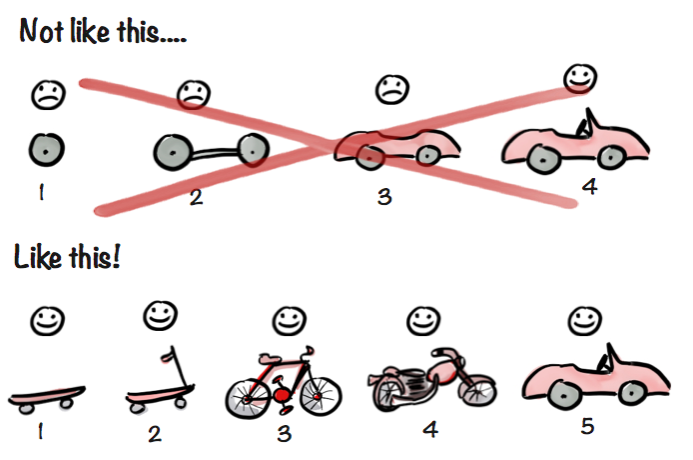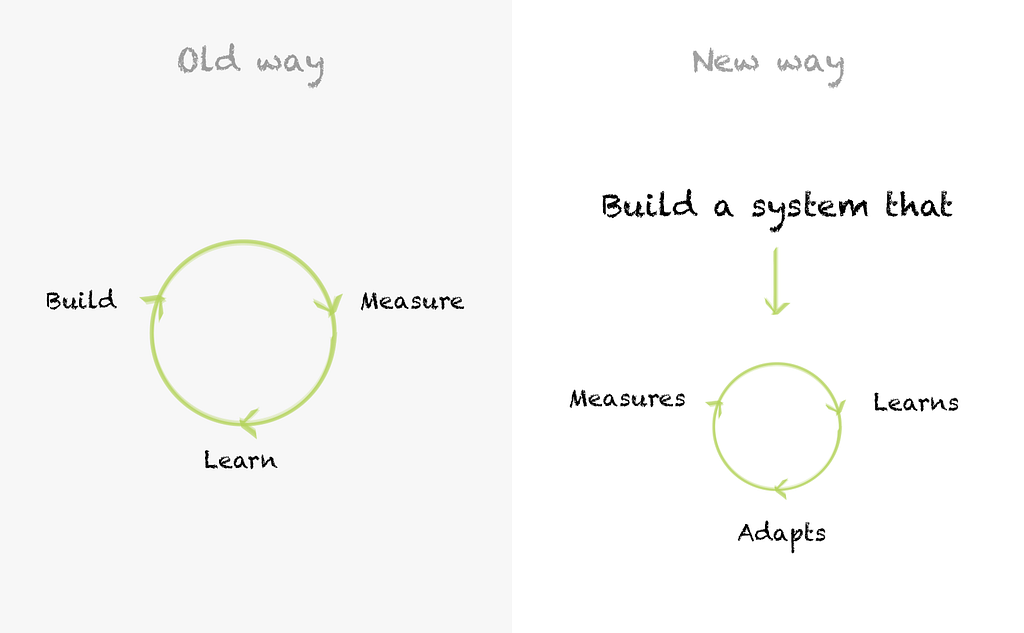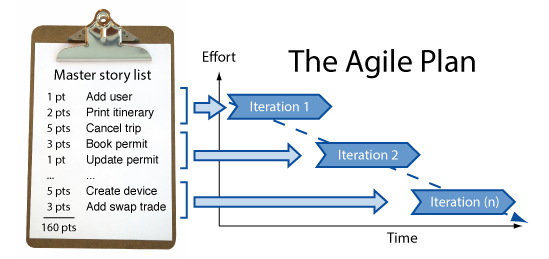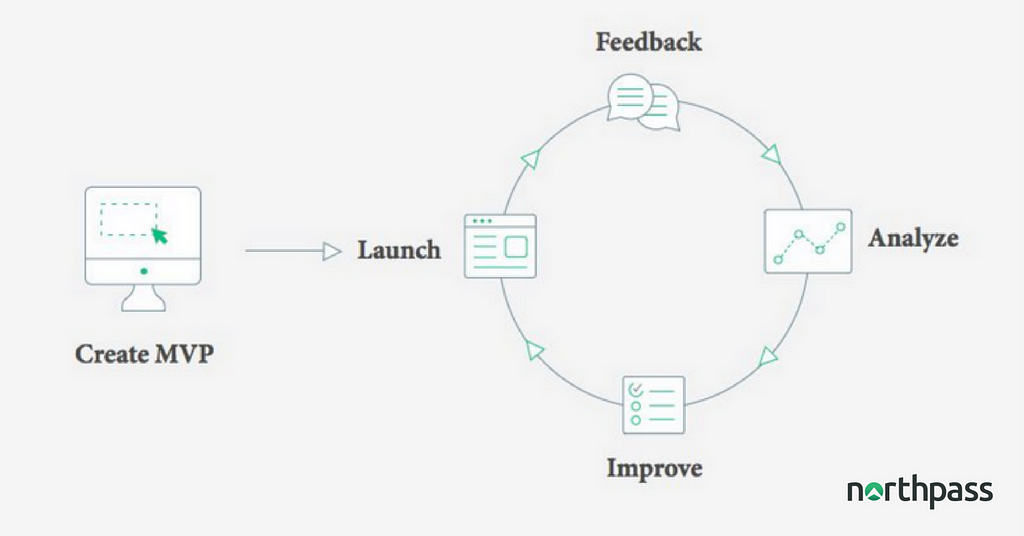Latest news about Bitcoin and all cryptocurrencies. Your daily crypto news habit.
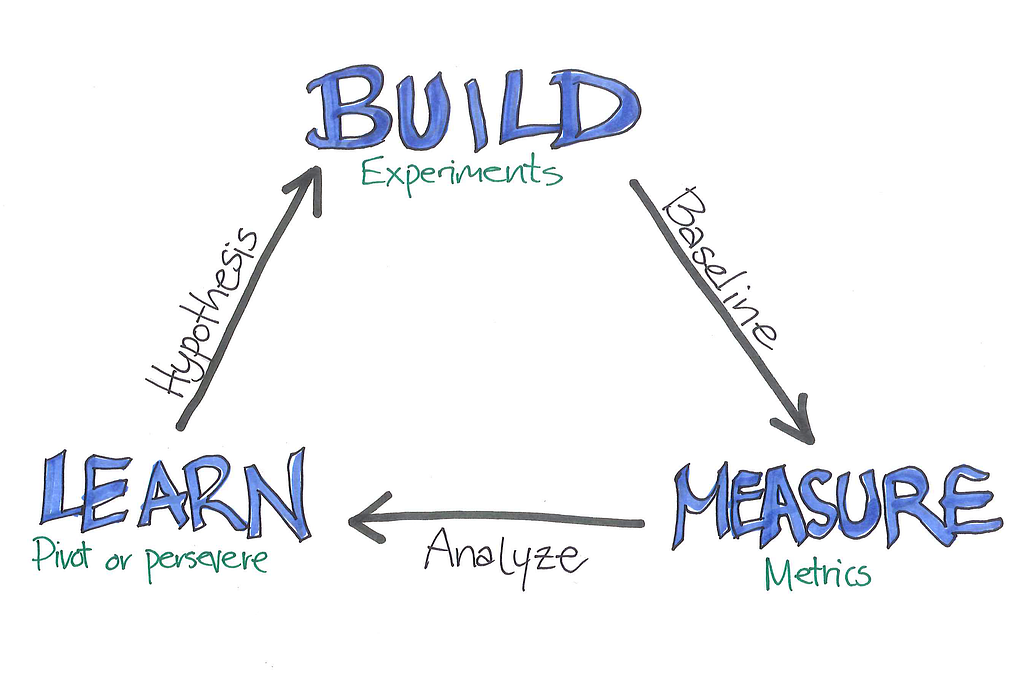 “How much content do I need to get started with product training?”
“How much content do I need to get started with product training?”
That’s a question we get a lot from companies interested in modernizing their product training programs, but are still hesitant to get started.
Creating online product training modules can seem like an overwhelming process — but it doesn’t have to be. Just as some of the most prominent tech companies today started with a couple of friends, a single product idea and a whiteboard, company training departments and operations teams can use an agile approach to build their online training from scratch.
It’s all about being resourceful with what you have, not being afraid to fail, testing various solutions, and iterating as you go. Don’t let a desire for perfection stop you from getting started! Otherwise, you’ll never get around to delivering the best product training that you can to your users.
Start With A Minimal Viable Product
How much content do you need to get started? The answer may surprise you — not much.
In startup terminology, a minimum viable product (MVP) [1] is a product which has just enough features to be usable and to gather feedback from — which then contributes to future iterations of that product.
For our purposes, any type of digital content a business can use to get started is a resource you can draw on for the minimum viable training product. It can be almost anything: an existing training document, an on-boarding manual, recorded webinars or even recorded tech-support calls. At the beginning of the process, a hacker’s mentality helps a lot.
Businesses don’t need a full-blown library to build out their first online training module. They need to seek out the tools and materials they can use to take the first step toward an MVP. From there, it becomes more attainable to enhance and expand the catalog of training resources.
In fact, once companies get started, they’re often surprised at how easy it is.
That’s because …
1. You Have More Content Than You Think
Companies that believe they’re not ready to begin building an online course often feel that they don’t have any digital content to use. But because they’ve already been training in other ways, they’re often surprised by the amount of content they already do have. In your day-to-day activities, whether you are using Dropbox, Drive, Asana, Trello, Basecamp, Hipmunk or Snapchat, these workspaces are probably loaded with documents, discussions, and links that you can start assembling into training modules.
Most companies merely haven’t begun to think about that content as usable in an online course. And that’s not the case because, really, any digital content that you have can contribute to an MVP — it’s just a matter of uploading or embedding it into a training experience that your target audience can interact with.
Say you developed a 20-page training manual last year. That can be chunked up into 2-page activities and structured into a training module. Or, suppose you have handouts and slides that you bring to in-person training for new employees. You can use those and also record your next training session and use that as video content.
If you find the right training platform that accommodates audio, video, rich text, documents, presentations, forms, and all sorts of other content, you’ll be surprised by the amount of documentation your company probably already has that will fit the bill.
2. Measure And Adapt
One of the most important processes a startup goes through is gathering feedback on their MVP to refine the product and make it better. As much as possible, they try to make it measurable.
Online training is naturally built for improving an MVP because it has surveys, self-assessments, quizzes, milestone tools, and written feedback built into the product itself. (An excellent online training platform will have all these features for you to use.) A quiz tells you how well students are doing, but it’s also an indicator of the quality of your MVP.
Use these sources of data to measure, adapt and iterate your training, refining and improving each version until the training module is as robust and successful as it needs to be. Your first few versions may be rough, and that’s OK. It’s all part of the process.
3. Keep Continuously Improving
Building an online training program is a learning process — both for the users consuming the content, and for the developers of the training. Don’t worry about creating a perfect training module before you ship it, because even the most “perfect” training initiatives still require tweaking once users begin going through them.
Think about the training development process like a collaboration. Through listening to the feedback and data from your end users, you’re going to learn more about what your target audience’s needs to build a more valuable product. This lets you build the product organically so that what you’re delivering is genuinely catered to your specific audience.
Ultimately, it’s important to know that this is an ongoing process of continuous improvement — no matter how much or how little content you start with.
Conclusion
At the end of the day, you’ll know the right Learning Management System for you to launch your online training program — just make sure you do your research first.
It can seem hard to know where to start when it comes to selecting the right LMS for your business. With over 500 LMSs on the market, all with different feature sets and value propositions, it’s never been more important to do your homework before buying software.
To help you out, get The Complete LMS Buying Guide For SMBs.
References:
Designed for companies who want to train users on their product, Northpass is a modern, easy-to-use learning management system for the rapid creation and contextual delivery of branded training modules.
Originally published at elearningindustry.com on April 29, 2018.
Launch Your Product Training Like A Lean Startup was originally published in Hacker Noon on Medium, where people are continuing the conversation by highlighting and responding to this story.
Disclaimer
The views and opinions expressed in this article are solely those of the authors and do not reflect the views of Bitcoin Insider. Every investment and trading move involves risk - this is especially true for cryptocurrencies given their volatility. We strongly advise our readers to conduct their own research when making a decision.
